Radio receivers of the times of the USSR

In the Soviet Union, radio broadcasts were carried out using popular tube radios and radios, whose modifications were constantly being improved. Today, models of those years are considered a rarity, but they still arouse interest among radio amateurs.



History
After the October Revolution, the first radio transmitters appeared, but they could only be found in large cities. The old Soviet translators looked like black square boxes, and they were installed on the central streets. To find out the latest news, the townspeople had to gather at a certain time on the city streets and listen to the announcer's messages. Radio broadcasts in those days were limited and went on air only at the set broadcasting hours, but newspapers duplicated information, and it was possible to get acquainted with it in print. Later, after about 25-30 years, the radios of the USSR changed their appearance and became a familiar attribute of life for many people.
After the Great Patriotic War, the first radio tape recorders began to appear on sale - devices with the help of which it was possible not only to listen to the radio, but also to reproduce melodies from gramophone records. The Iskra receiver and its analogue Zvezda became pioneers in this direction. Radiolas were popular with the public, and the range of these products began to expand rapidly.
The circuits that were created by radio engineers at the enterprises of the Soviet Union existed as basic ones and were used in all models, up to the appearance of more modern microcircuits.


Peculiarities
To provide Soviet citizens in sufficient quantities with high-quality radio technology, the USSR began to adopt the experience of European countries. Companies like At the end of the war, Siemens or Philips produced compact tube radios that did not have a transformer power supply, since copper was in short supply. The first radios had 3 lamps, and they were produced during the first 5 years of the post-war period, and in rather large quantities, some of them were brought to the USSR.


It was in the use of these radio tubes that the feature of the technical data for transformerless radio receivers was. The radio tubes were multifunctional, their voltage was up to 30 W. The incandescent filaments inside the radio tube were heated sequentially, due to which they were used in the power supply circuits of resistances. The use of radio tubes made it possible to dispense with the use of copper in the design of the receiver, but its power consumption increased significantly.
The peak of the production of tube radios in the USSR fell on the 50s. Manufacturers developed new assembly schemes, the quality of the devices gradually improved, and it became possible to purchase them at affordable prices.

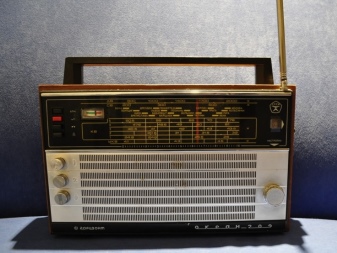
Popular manufacturers
The first model of a radio tape recorder of Soviet times called "Record", in the circuit of which 5 lamps were built in, was released back in 1944 at the Aleksandrovsky Radio Plant. Mass production of this model continued until 1951, but in parallel with it, a more modified radio "Record-46" was released.
Let's recall the most famous, and today are already valued as rare, models of the 1960s.

"Atmosphere"
The radio was produced by the Leningrad Precision Electromechanical Instruments Plant, as well as the Grozny and Voronezh Radio Plants. The production period lasted from 1959 to 1964. The circuit contained 1 diode and 7 germanium transistors. The apparatus worked in the frequency of medium and long sound waves. The package included a magnetic antenna, and two batteries of the KBS type could ensure the operation of the device for 58-60 hours. Transistor portable receivers of this type, weighing only 1.35 kg, are widely used.

"Ausma"
The desktop-type radio was released in 1962 from the Riga Radio Plant. A.S. Popova. Their party was experienced and made it possible to receive ultra-short frequency waves. The circuit contained 5 diodes and 11 transistors. The receiver looks like a small device in a wooden case. The sound quality was pretty good due to its spacious volume. Power was supplied from a galvanic battery or through a transformer.
For unknown reasons, the device was quickly discontinued after the release of only a few dozen copies.

"Vortex"
This radio is classified as an army military instrument. It was used in the Navy back in 1940. The device worked not only with radio frequencies, but also functioned in telephone and even telegraph modes. Telemechanical equipment and a phototelegraph could be connected to it. This radio was not portable, as it weighed 90 kg. The frequency range was from 0.03 to 15 MHz.

Gauja
Produced at the Riga Radio Plant. AS Popov since 1961, and the production of this model ended by the end of 1964. The circuit included 1 diode and 6 transistors. The package included a magnetic antenna, it was attached to a ferrite rod. The device was powered by a galvanic battery and was a portable version, its weight was about 600 grams. The radio receiver could operate on a 220 volt electrical network. The device was produced in two types - with and without a charger.

"Komsomolets"
Detector devices that did not have amplifiers in the circuit and did not need a power source were produced from 1947 to 1957. Due to the simplicity of the circuit, the model was massive and cheap. She worked in the range of medium and long waves. The body of this mini-radio was made of hardboard. The device was pocket-sized - its dimensions were 4.2x9x18 cm, weight 350 g. The radio was equipped with piezoelectric headphones - they could be connected to one device at once 2 sets. The release was launched in Leningrad and Moscow, Sverdlovsk, Perm and Kaliningrad.
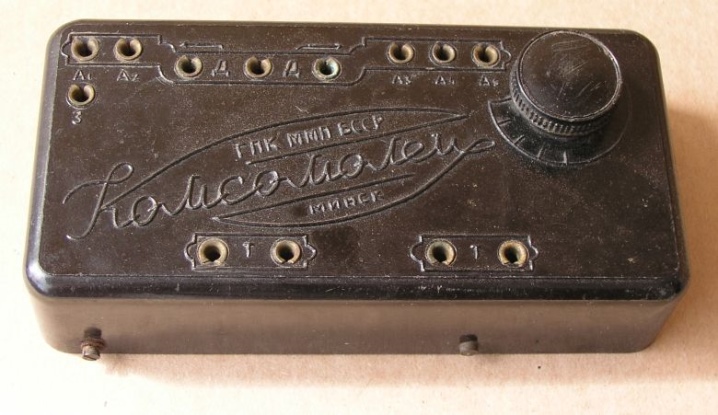
"Mole"
This desktop device was used for radio reconnaissance and worked at short wavelengths. After 1960, he was decommissioned from service and entered the hands of radio amateurs and members of the DOSAAF club. The development of the scheme is based on a German prototype that fell into the hands of Soviet engineers in 1947. The device was produced at the Kharkov plant No. 158 in the period from 1948 to 1952. It worked in telephone and telegraph modes, had a high sensitivity to radio waves in the frequency range from 1.5 to 24 MHz. The weight of the device was 85 kg, plus a 40 kg power supply was attached to it.
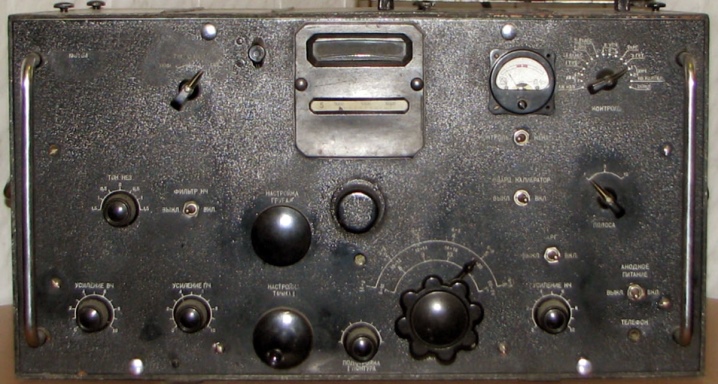
"KUB-4"
The pre-war radio was produced in 1930 at the Leningrad Radio Plant. Kozitsky. It was used for professional and amateur radio communications. The device had 5 radio tubes in its circuit, although it was called a four-tube one. The weight of the receiver was 8 kg. It was assembled in a metal box-case, shaped like a cube, with round and flat legs. He found his application in military service in the Navy. The design had elements of direct amplification of radio frequencies with a regenerative detector.
Information from this receiver was received using special telephone-type headphones.
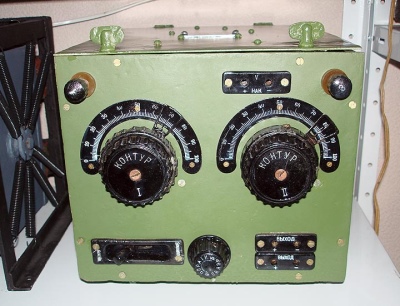
"Moskvich"
The model belongs to vacuum tube radios produced since 1946 by at least 8 factories across the country, one of which was the Moscow Radio Plant. There were 7 radio tubes in the radio receiver circuit, it received a range of short, medium and long sound waves. The device was equipped with an antenna and was powered from the mains, dispensing with a transformer. In 1948 the Moskvich model was improved and its analogue, Moskvich-B, appeared. Currently, both models are rare rarities.

Riga-T 689
The tabletop radio was produced at the Riga Radio Plant named after I. A.S. Popov, in his circuit there were 9 radio tubes. The device received short, medium and long waves, as well as two short-wave sub-bands. He had the functions of controlling the timbre, volume and amplification of the RF stages. A loudspeaker with high acoustic performance was built into the device. It was produced from 1946 to 1952.
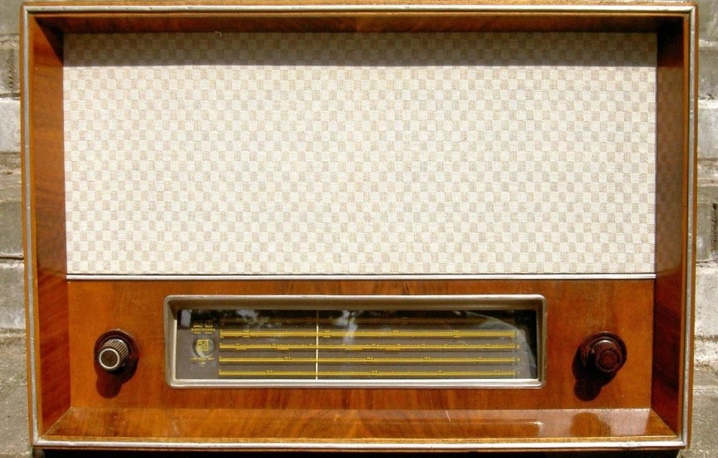
"SVD"
These models were the first mains-powered audio conversion radios. They were produced from 1936 to 1941 in Leningrad at the plant. Kozitsky and in the city of Alexandrov. The device had 5 ranges of operation and automatic control of the amplification of radio frequencies. The circuit contained 8 radio tubes. Power was supplied from the electric current network. The model was tabletop, a device for listening to gramophone records was connected to it.

Selga
Portable version of the radio receiver, made on transistors. It was released in Riga at the plant named after. AS Popov and at the Kandavsky enterprise. The production of the brand began in 1936 and lasted until the mid-80s with various model modifications. Devices of this brand receive sound signals in the range of long and medium waves. The device is equipped with a magnetic antenna mounted on a ferrite rod.

Spidola
The radio was introduced in the early 1960s when the demand for tube models declined and people were looking for compact devices. The production of this transistor grade was carried out in Riga at the VEF enterprise. The device received waves in short, medium and long ranges. The portable radio quickly became popular, its design began to be modified and analogues created. Serial production of "Spidola" continued until 1965.

"Sport"
Produced in Dnepropetrovsk since 1965, worked on transistors. The power was supplied by AA batteries, in the range of medium and long waves there was a piezoceramic filter, which facilitates tuning. Its weight is 800 g, it was produced in various body modifications.
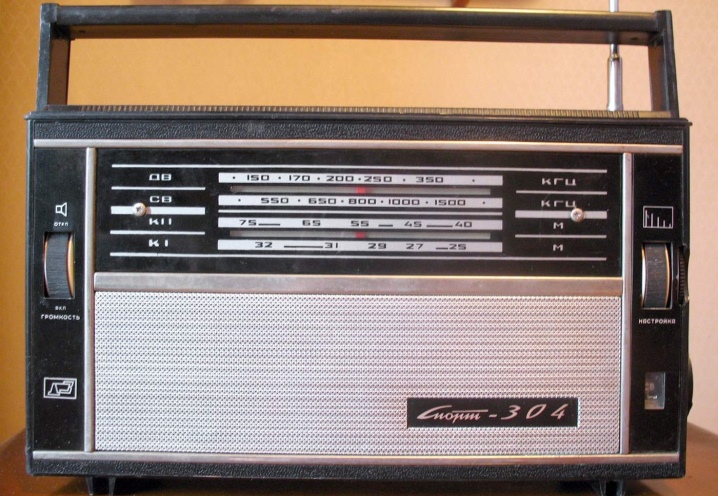
"Tourist"
Compact tube receiver operating in the long and medium wave range. It was powered by batteries or the mains, there was a magnetic antenna inside the case. Produced in Riga at the VEF plant since 1959. It was a transitional model between the tube and transistor receiver of the time. Model weight 2.5 kg. For all the time, at least 300,000 units were manufactured.
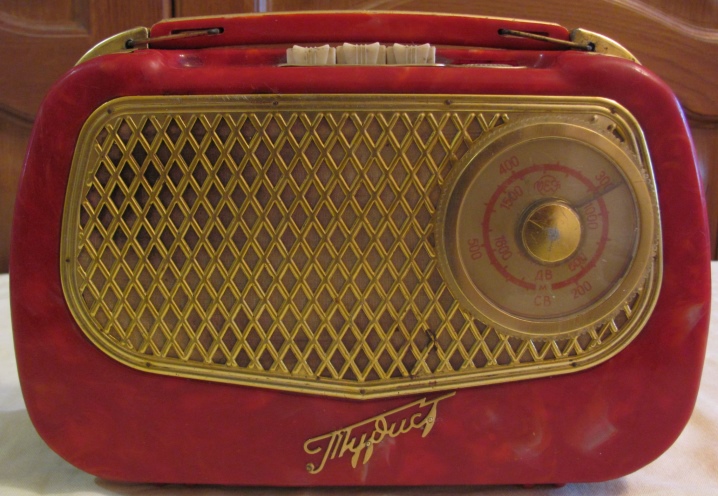
"US"
These are several models of receivers produced in the pre-war period. They were used for the needs of aviation, used by radio amateurs. All models of the "US" type had a tube design and a frequency converter, which made it possible to receive radiotelephone signals. The release was launched from 1937 to 1959, the first copies were made in Moscow, and then produced in Gorky. Devices of the "US" brand worked with all wavelengths and high sensitivity shoals.

"The festival"
One of the first Soviet tube-type receivers with remote control in the form of a drive. It was developed in 1956 in Leningrad and named after the 1957 World Festival of Youth and Students. The first batch was called "Leningrad", and after 1957 it began to be produced in Riga with the name "Festival" until 1963.

"Youth"
Was a designer of parts for assembling the receiver. Produced in Moscow at the Instrument-Making Plant. The circuit consisted of 4 transistors, it was developed by the Central Radio Club with the participation of the design bureau of the plant. The constructor did not include transistors - the kit consisted of a case, a set of radioelements, a printed circuit board and instructions. It was released from the mid-60s to the end of the 90s.
The Ministry of Industry initiated the mass production of radio receivers for the population.
The basic schemes of the models were constantly being improved, which made it possible to create new modifications.
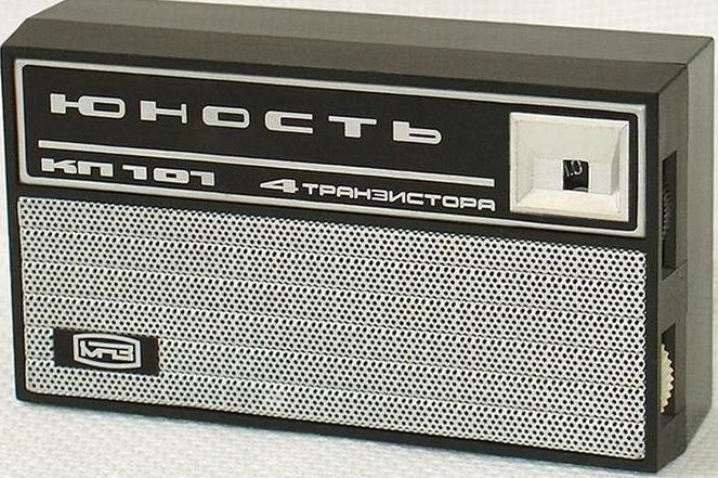
Top Models
One of the top class radios in the USSR was the "October" table lamp. It was produced since 1954 at the Leningrad Metalware Plant, and in 1957.the production was taken up by the "Radist" plant. The device worked with any wavelength range, and its sensitivity was 50 μV. In the DV and SV modes, the filter was turned on, in addition, the device was equipped with contour filters also in the amplifiers, which, when reproducing gramophone records, gave the purity of sound.
Another high-class model of the 60s was the Druzhba tube radio, which had been produced since 1956 at the Minsk plant named after V.I. Molotov. At the Brussels International Exhibition, this radio was recognized as the best model of the time.
The device had 11 radio tubes and worked with any wavelength, and was also equipped with a 3-speed turntable.
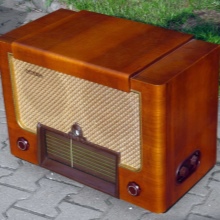


The period of the 50-60s of the last century became the era of tube radios. They were a welcome attribute of a successful and happy life of a Soviet person, as well as a symbol of the development of the domestic radio industry.
About what kind of radio receivers were in the USSR, see the next video.













The comment was sent successfully.